SEARCH






|
|
|
|


by Editor Miro Susta
Published the 25th of January 2021
In cold winter weather, many of us will think that it is better to sit at home with hot tea and feet buried in a blanket. Certainly, even such moments have their charm and meaning. There is a good TV program that you cannot throw away, read a nice book, or an afternoon spent in a warm room with a family game …
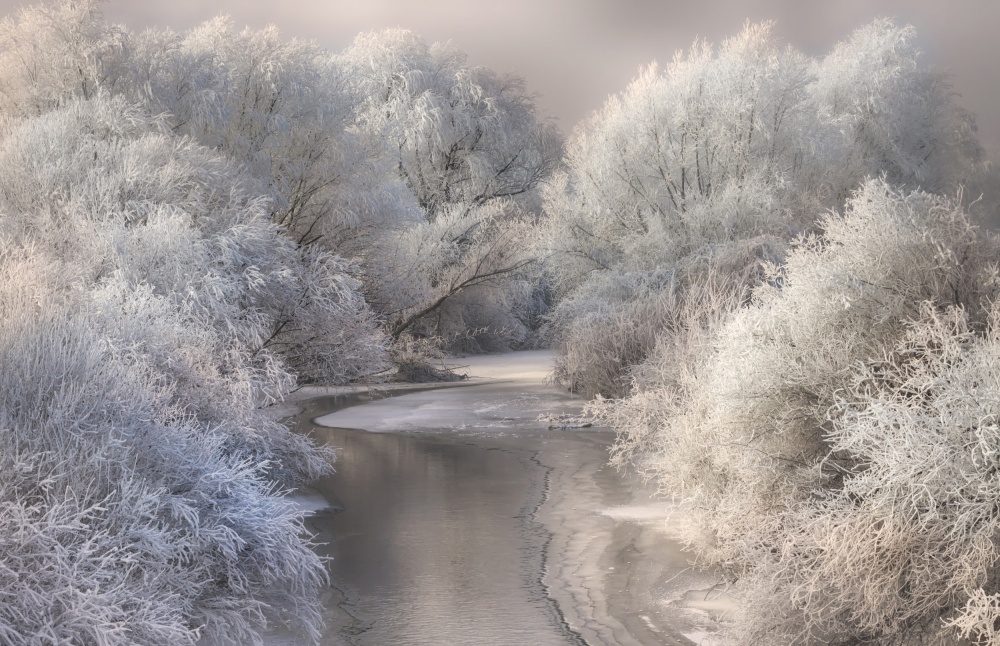
'Winter Song' by Sebestyen Bela
However, if you are an enthusiastic photographer or have already been sitting at home for a long time, here are some ideas for photographing the winter wonderland, because the white beauty brings some challenges for photography.
Winter and the countryside
Winter has its own pictorial language. When snow covers the landscape all over like a white blanket, then objects in the scenery take on a new significance.
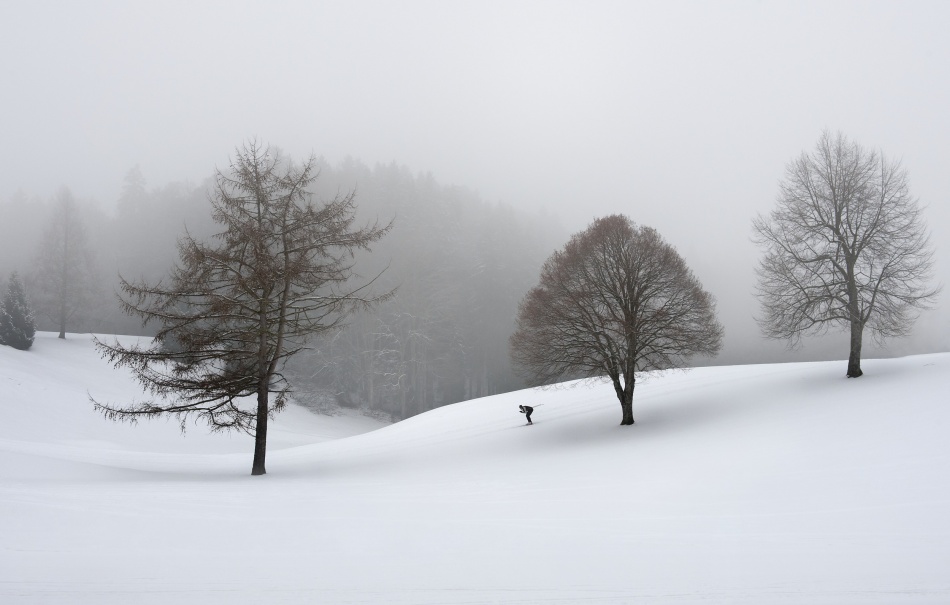
'The loneliness of a cross-country skier' by Marei
A tree, a fence, a hut, which would only be a peripheral feature in a summer meadow, appear as if isolated from their surroundings in the snow and can thus create a strong graphic effect.
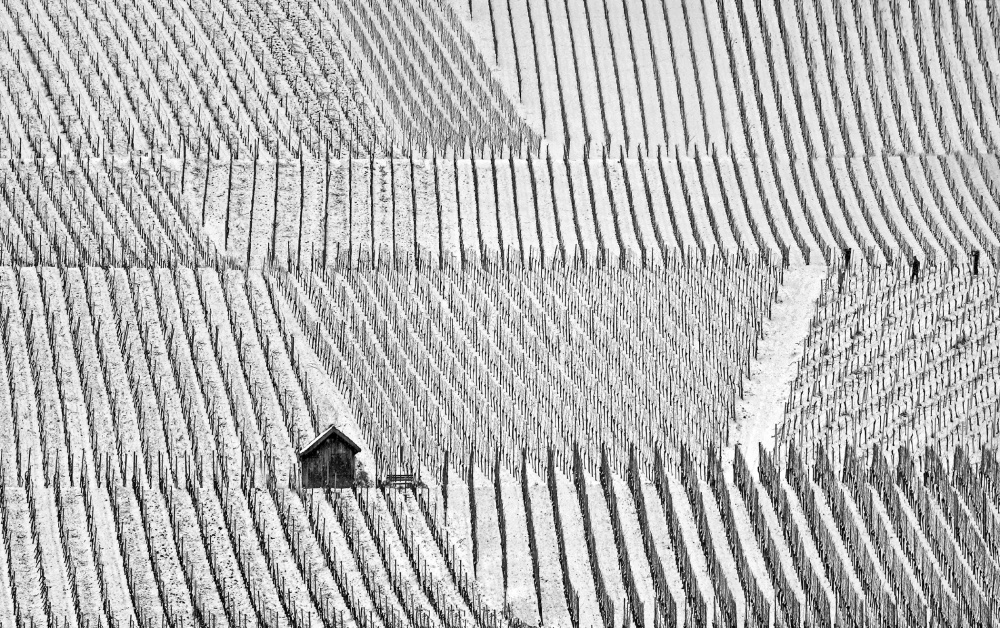
'Between the lines' by Matjaz Cater
Object colors - especially the red tones - appear more intense in a snowy environment than they otherwise would.
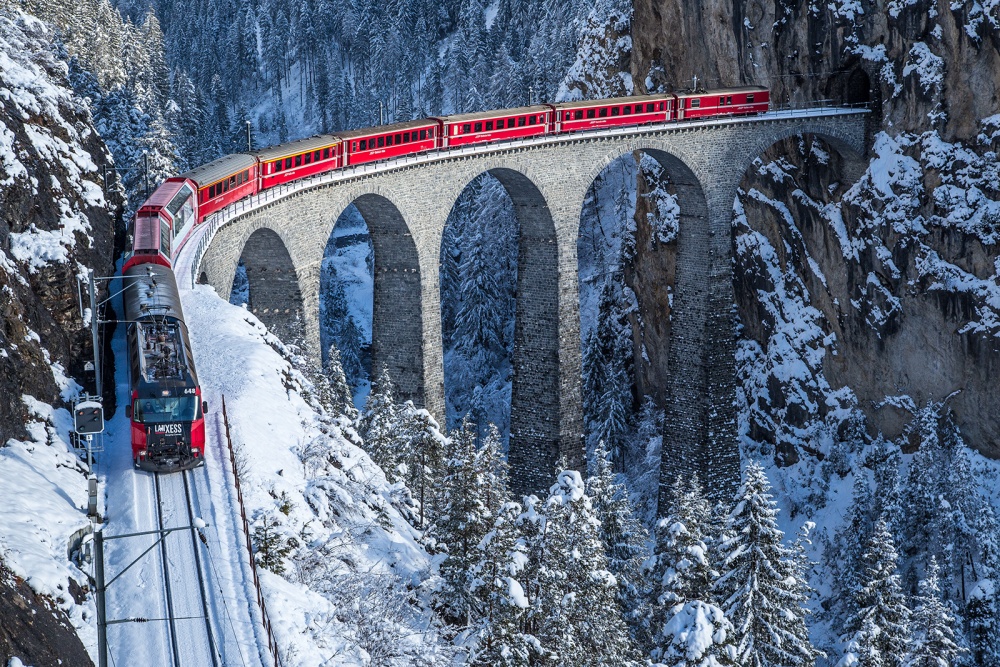
'World's Top Train – Bernina Express' by Roberto Sysa Moiola
On the other hand, this also means that winter landscapes without any structuring elements or interesting foreground can look rather boring.
This is even more true on winter days with cloudy skies and low subject contrast.
Forest and trees
Whenever a photographer suffers from a lack of ideas and even a lengthy search for a motif does not lead to presentable picture results, the "motif in the motif" should be addressed.
Take trees, for example: their appearance is determined by the changing foliage from spring to fall. In sub-zero temperatures, frost, snow and ice make trees attractive, often even irresistible to the photographer's eye.
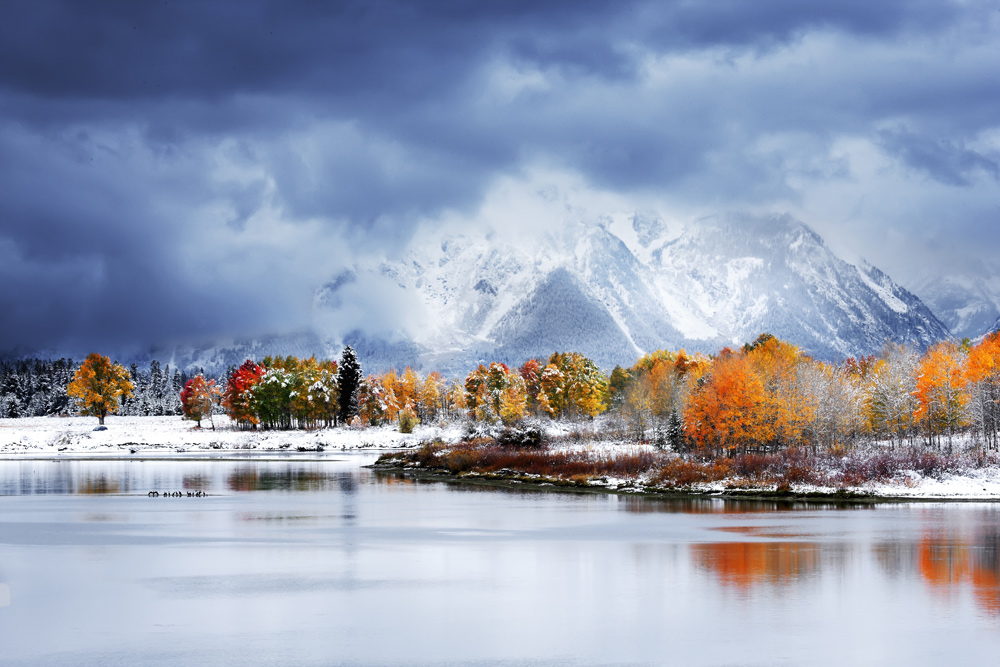
'Grand Teton National Park' by UU
Frost is formed by the re-sublimation of water vapour to ice and appears as a crystalline, almost snow-like coating. On branches and twigs, this looks particularly beautiful when - as on cold late autumn days - warm colours are in the picture, overlapping with the white.
Rime forms a kind of precursor to the rarer hoar frost, a solid precipitation with needle-like ice crystals at temperatures below -8 °C.
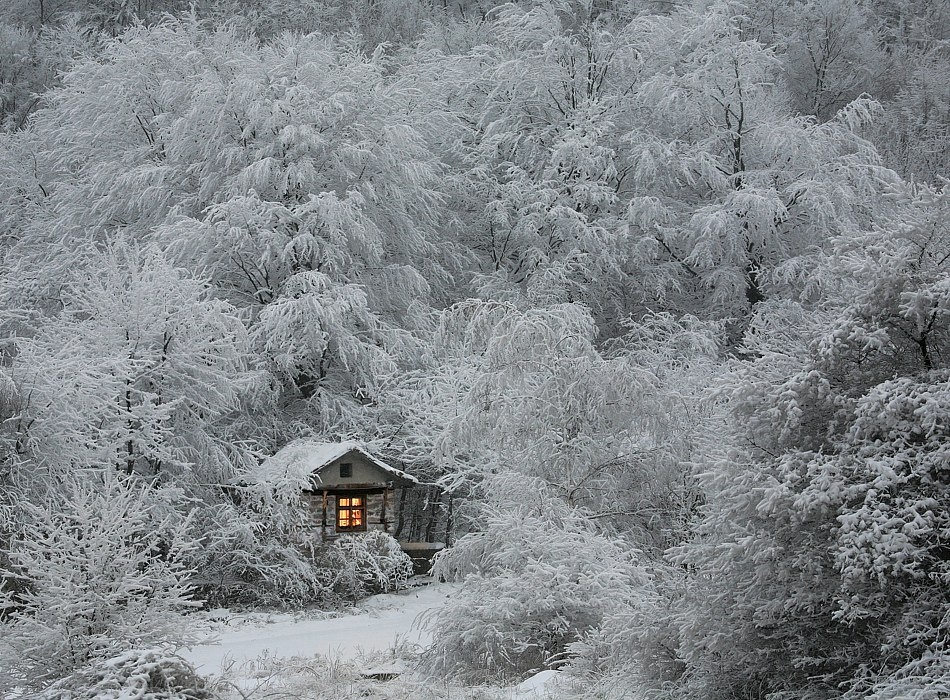
'winter fairy-tale' by taurus13
Can you imagine the beauty after freezing foggy night on sun lighted cold morning with blue sky?
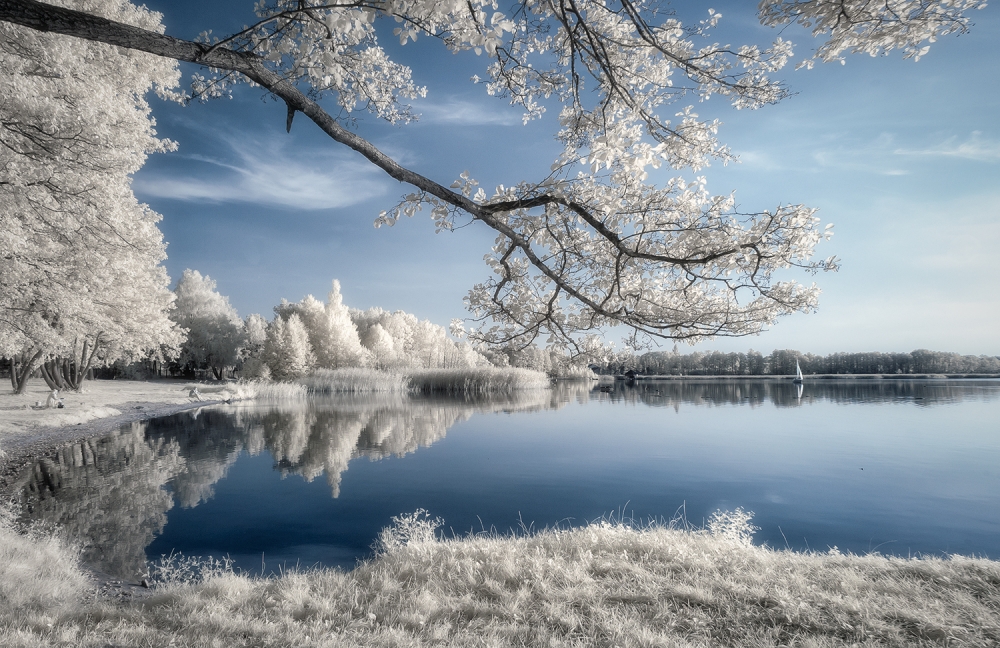
'Irenkowo' by Piotr Krol (Bax)
Snow and ice transform trees into mythical creatures whose effect varies with the photographing perspective.
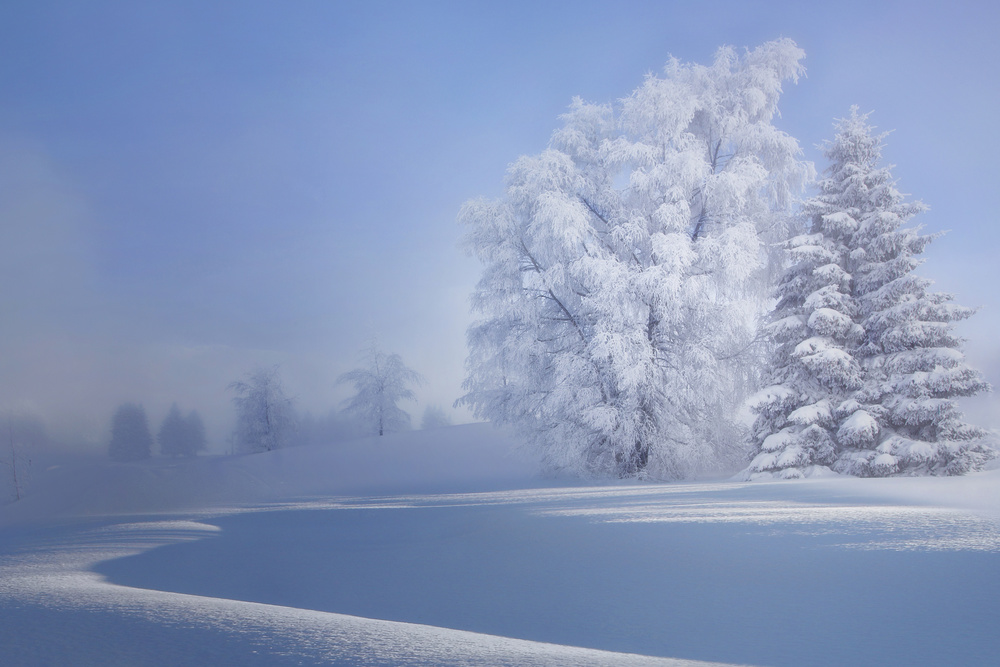
'crispy morning' by VéroniqueS
When taking photos of groups of trees, the camera should usually be oriented upright, as is the case with architectural photos.
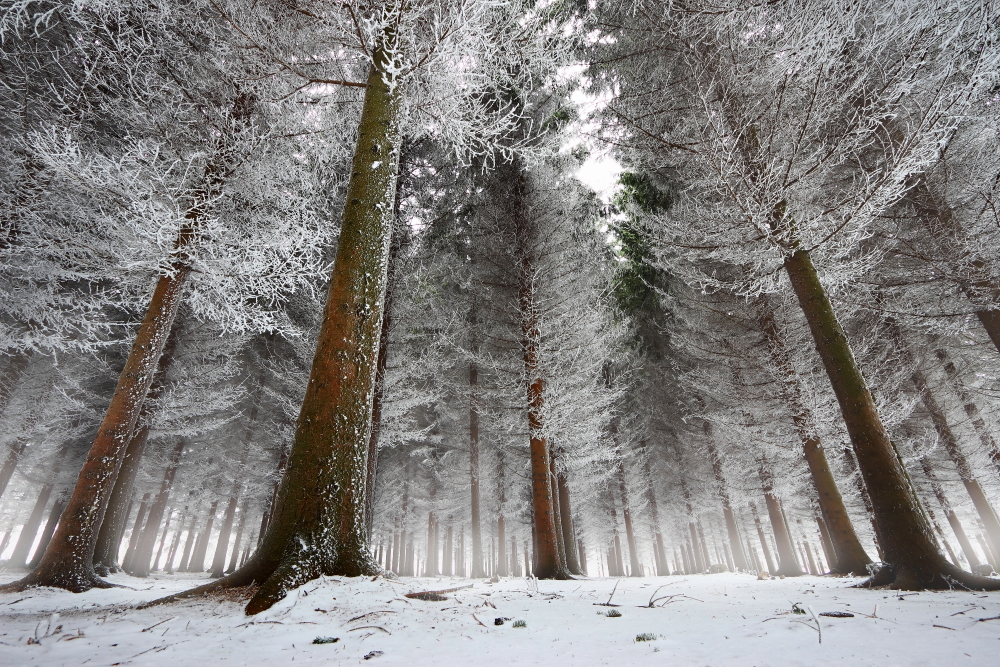
'morning in the forest' by Dragisa Petrovic
Shots with the camera upwardly angled, on the other hand, are interesting for individual trees to emphasize their height and mightiness.

'Wonder of Nature' by Miro Susta
If for example the photographer often shoots in the forest, then he will experience how unpredictable the light is in this environment. The sun finds its way and often shows up for only a few seconds in a place where it might not be expected.
An example of this is the photo from Black Forest: the sun's rays coming in from the side create a magical moment of light.
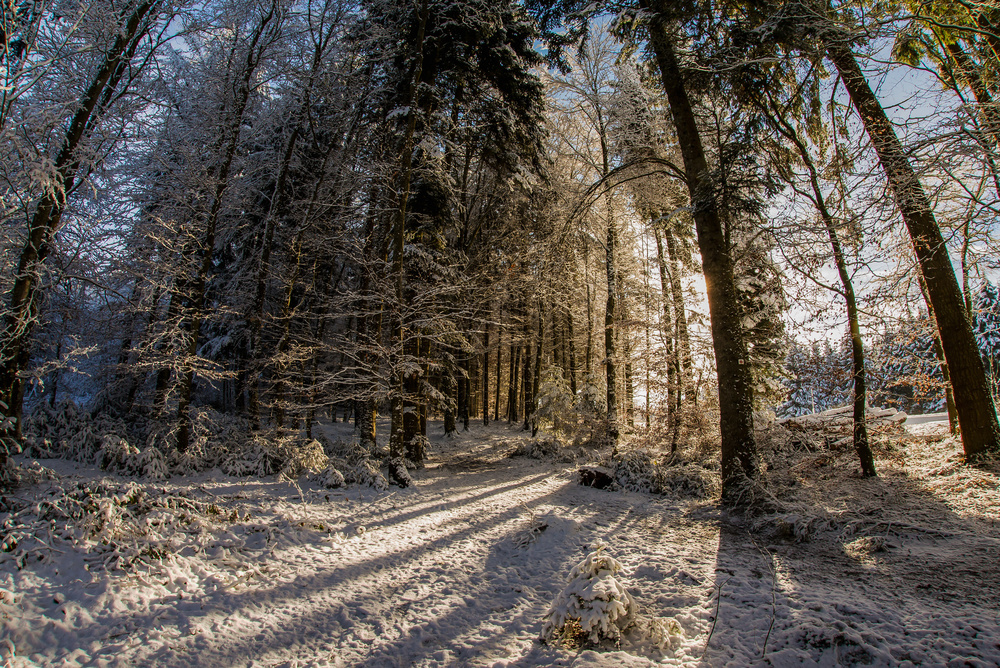
'Winter Morning Sun' by Miro Susta
Water and ice
Photographing flowing water presents the photographer with a fundamental decision: If the exposure time is short, the wet element will appear frozen. A long exposure time, on the other hand, depicts the water with a veil-like structure due to motion blur, which the viewer interprets as flowing movement.
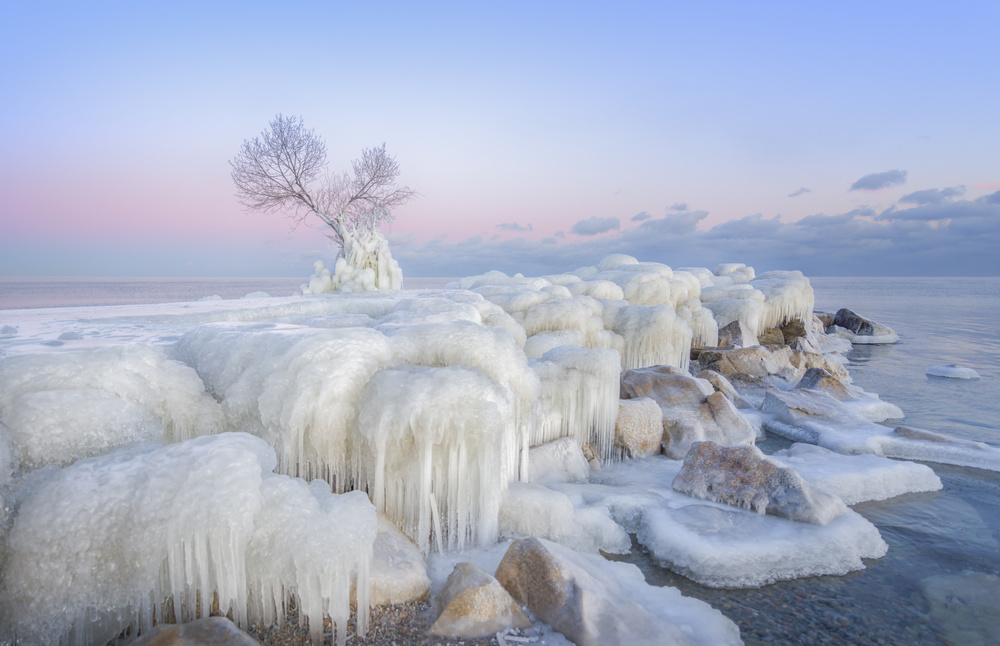
'Ice Wonderland' by Larry Deng
To achieve a corresponding long exposure time, a neutral density filter is often necessary in addition to stopping down.
Color matching by means of white balance is particularly important for winter images, because color casts are especially noticeable in white snow. Often the snow is white in the light areas of the subject but shows a blue cast in the shadows.
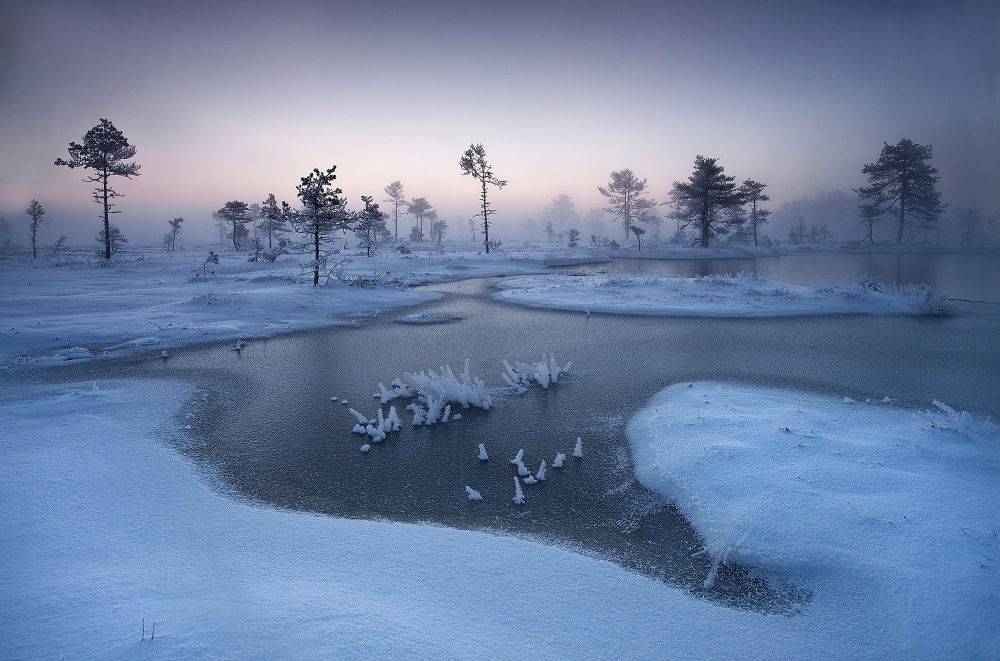
'Before dawn' by Andrei Reinol
Tip: Shoot in RAW mode and produce two image variants with different white balance during RAW processing, one with a rather cool representation, the other significantly warmer.
Now superimpose both images as layers in Photoshop, so you can fine-tune the colour balance by changing the opacity of one layer.
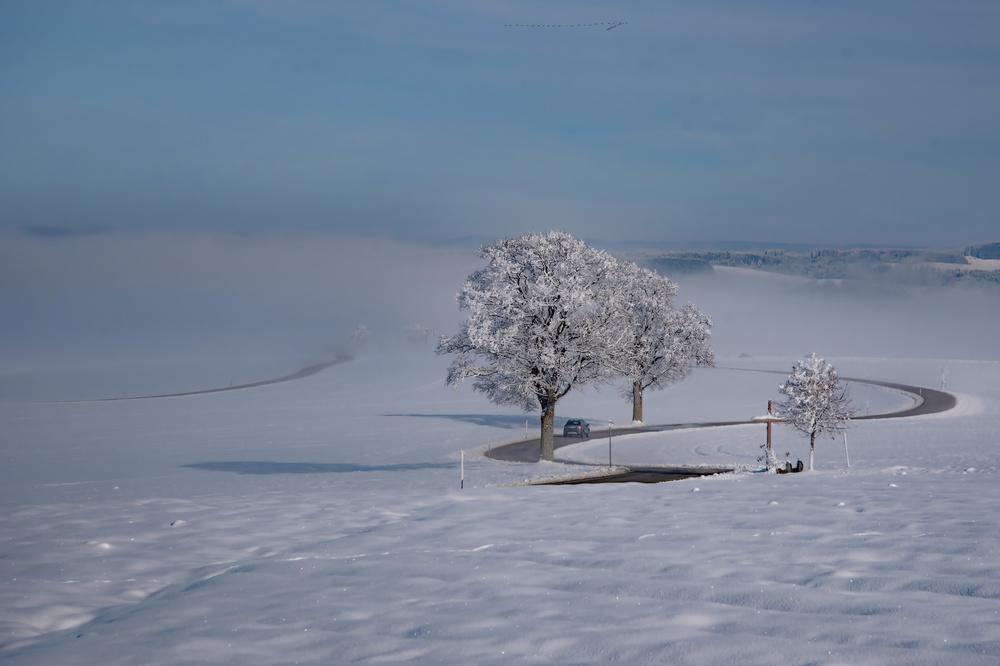
'Winter winding road' by Miro Susta
Light and shadow
Every photographer knows those magical moments when the light enchants the surroundings and makes us hold our breath.
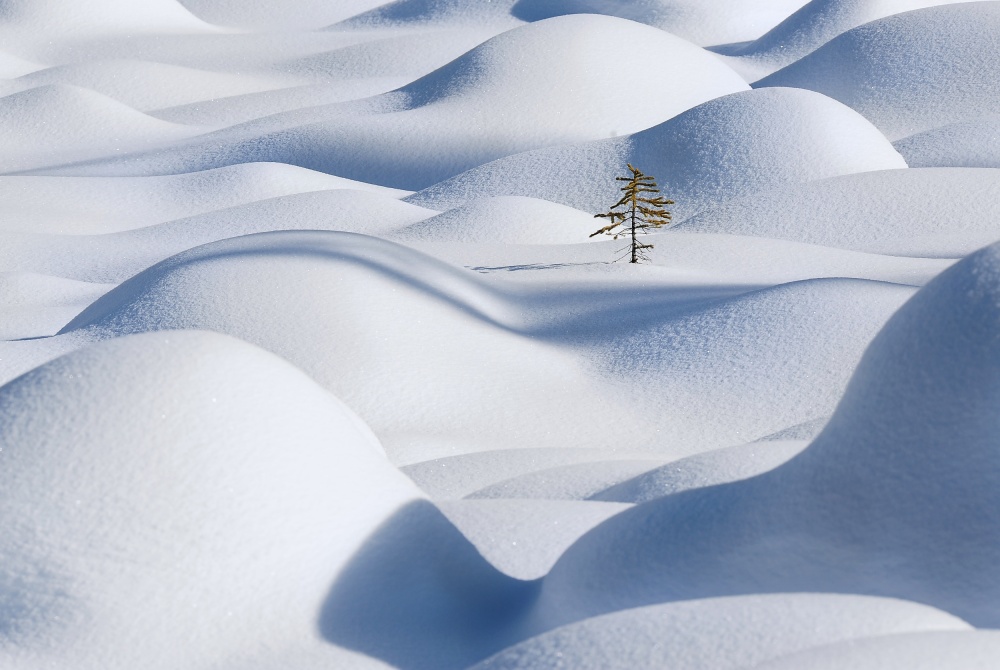
'Standing in the Waves' by Victor Liu
Such moments can be experienced when the day turns into the blue hour and the bluish cold ambient light contrasts beautifully with artificial light sources in complementary colours.
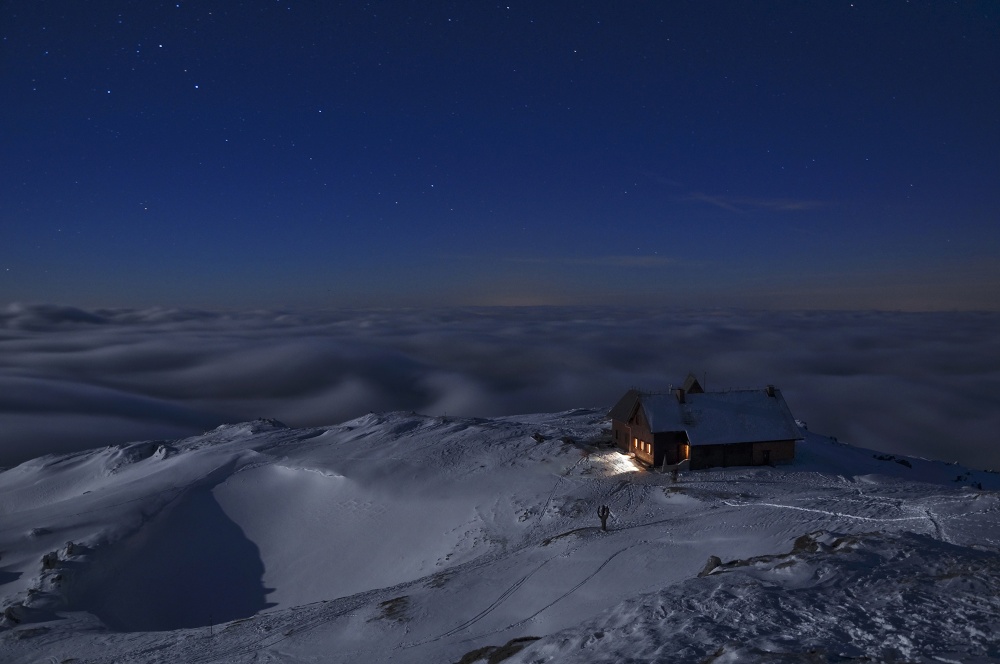
'Mountain cottage' by Andrej Tarfila
Or when rays of sunlight make their way through the branches of a winter tree and make a beautiful shadow pattern on white snow.
It is always worth considering daylight not simply as something given, but to study its various appearances:
- How does the light change with the position of the sun?
- Is the light directional or diffuse?
- What is its colour temperature, and how does that affect the overall mood of the picture?
While diffuse light makes for charming pictures in fall subjects with colourful foliage, most winter subjects need direct light to work.
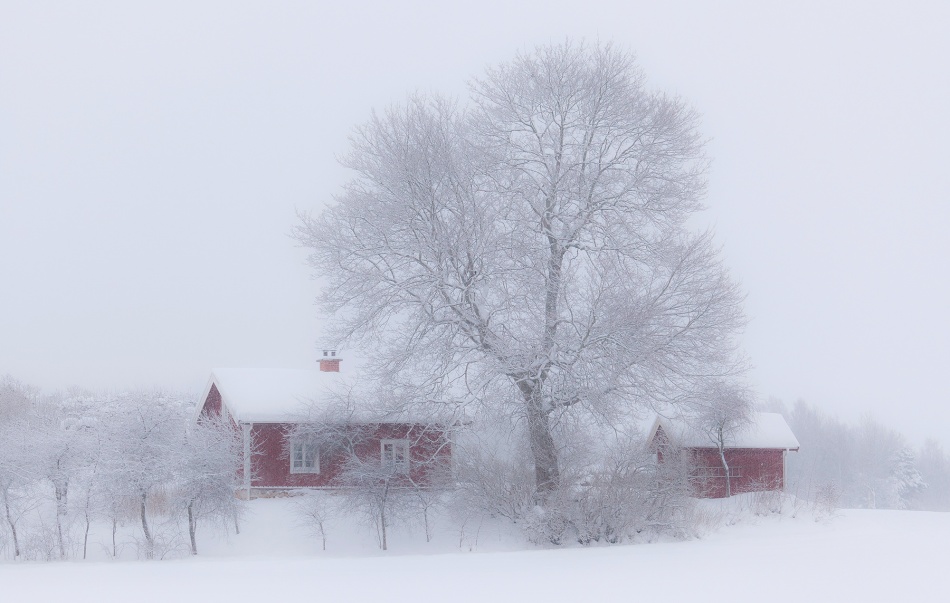
'Winter Idyll' by Allan Wallberg
Lateral and back light brings out surface structures; this applies to house facades as well as to snow surfaces.
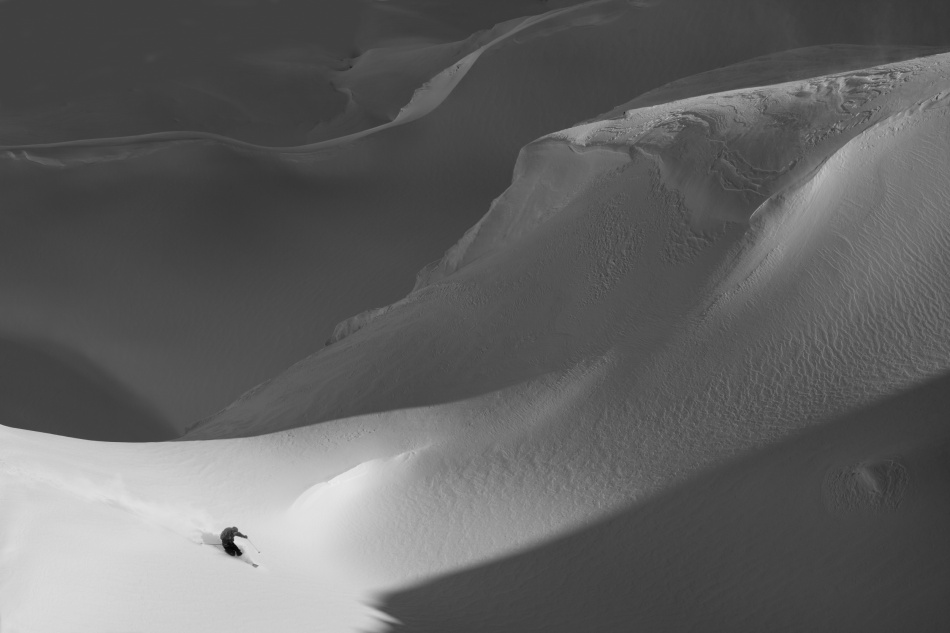
'Passion on tempestuous ground' by Peter Svoboda
In addition, white snow is like a screen for light of different colour temperatures: snow is only white in direct light with the character of daylight; in shadows, it often looks as if it has been coloured with blue ink.
In the light of the rising or setting sun, the white splendour takes on a reddish-yellow hue that should not be eliminated by means of white balance when taking the picture or by color correction in the opposite direction during image processing - otherwise the mood would be ruined.
Light effects in the snow
How much light can change a winter landscape within a short time, shows the following three pictures.
Early morning…….
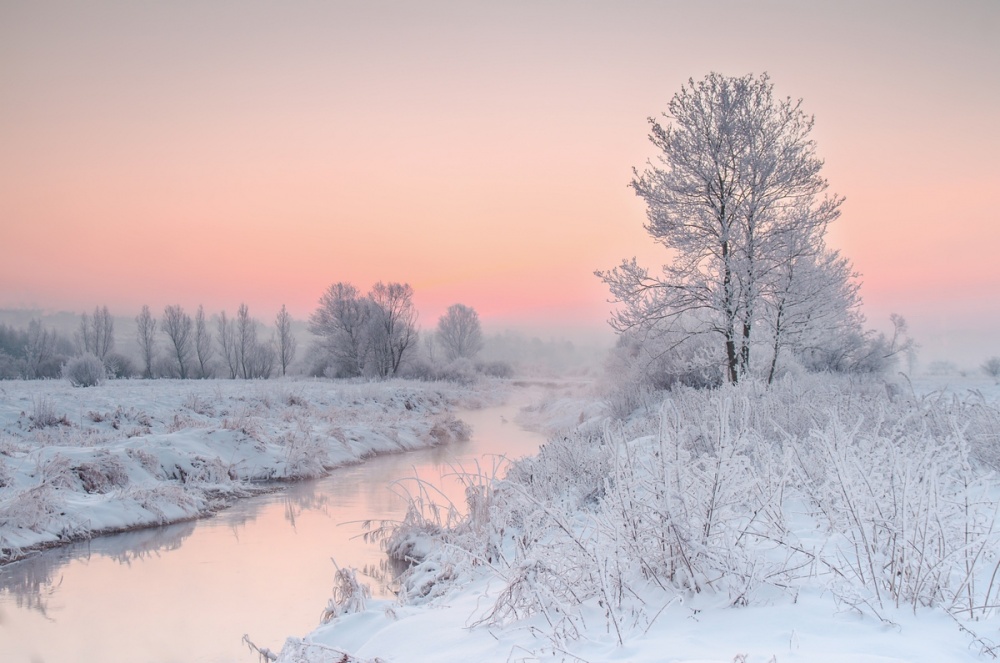
'winter morning' by Katarzyna Gritzmann
……daytime and ….
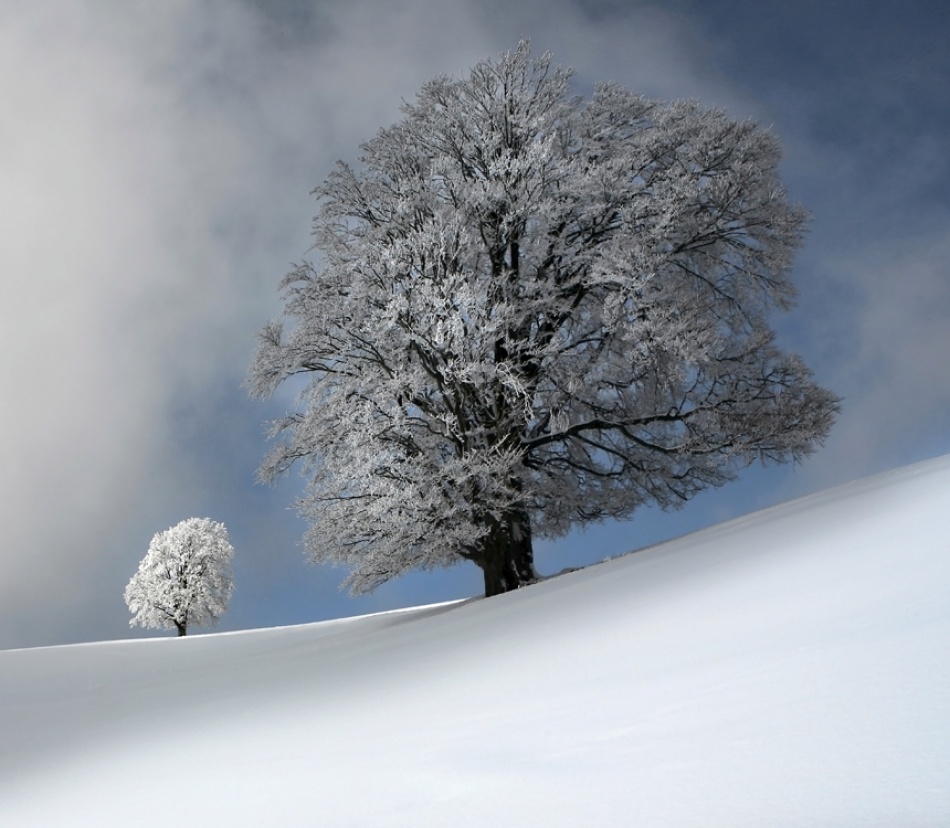
'I am the most beautiful' by Franz Schumacher
…. just before sunset.
In addition to the time of day, the season also has a determining effect on the quality of the light. In winter, the sun does not rise as high as it does in summer, resulting in more photographically productive hours per day despite shorter days.
In principle, a landscape photographer should follow the light instead of making a futile attempt to control the light. Although one then often comes home with different pictures than those initially planned, but rarely without any good pictures at all.
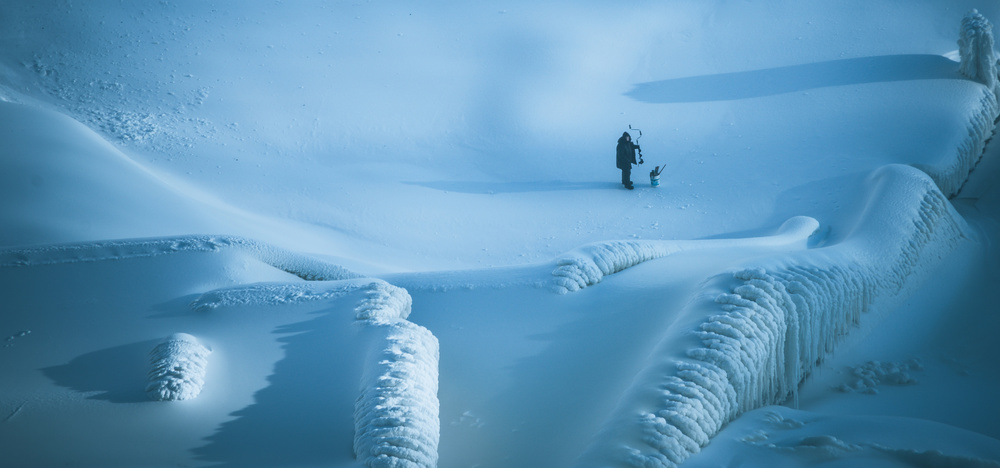
'In search of fish' by Miroslaw
Out of the countryside
It can be also interesting to take photos in the urban and similar areas, if one finds the right places. Few examples are shown in the following pictures.
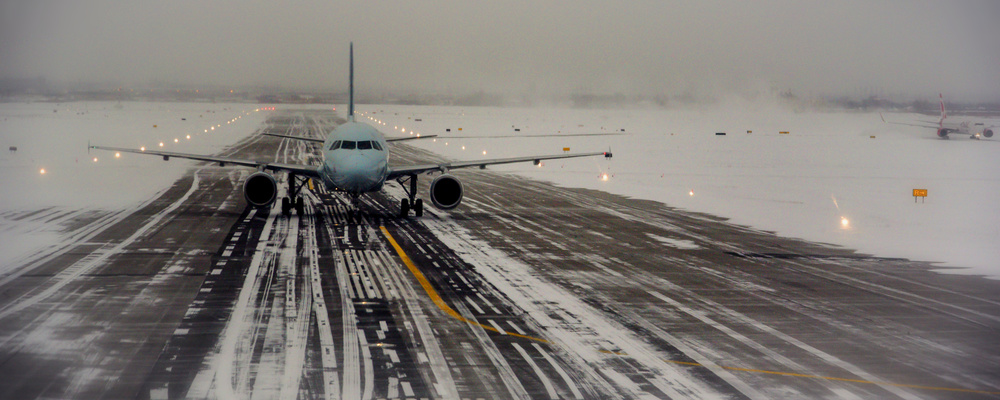
'Ready to take off' by Miro Susta
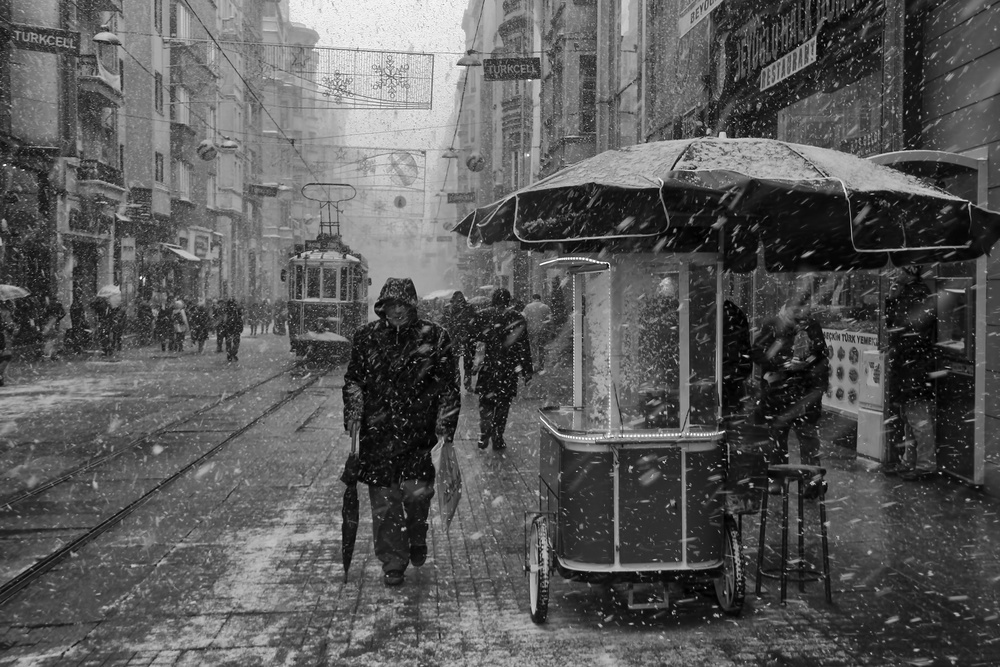
'Istiklal street' .. by namik Toprakçi
Many of us preferring to take the camera out to palm trees and turquoise blue water at 30° C rather than in winter landscapes at sub-zero temperatures. Who wants to change lenses or handle the tripod with clammy fingers while one can virtually watch the battery surrender to the cold?
It takes effort, but it is worth it, because snow and ice conjure up incomparable motifs - in large landscapes as well as in small details.
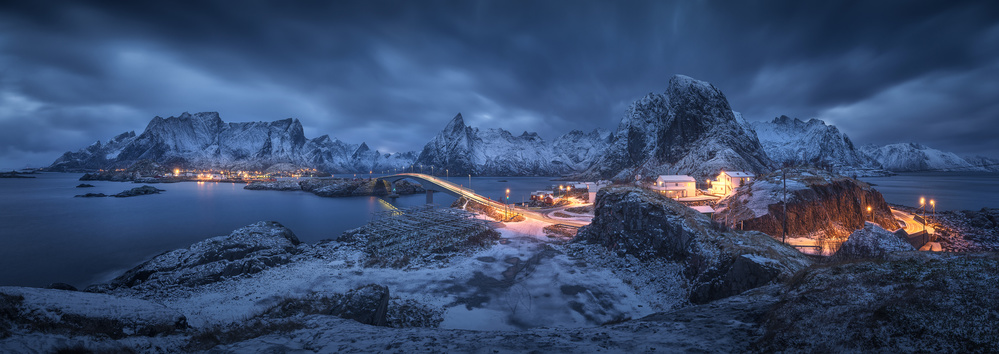
'Hamnoy in Blue' by Pablo Ruiz Garcia
Bottom line
Yes, it is worthwhile to leave the house even at sub-zero temperatures and to go on an expedition with the camera.
Many thanks to all contributing photographers for providing their wonderful photos for this article.
[email protected]
www.mrsphoto.net
 | Write |
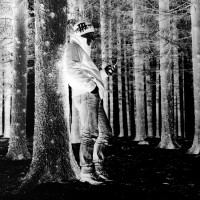 | Dragisa Petrovic PRO Beautiful! Thank you for choosing one of my photos. Best regards! |
 | Miro Susta CREW You are most welcome Dragisa. |
 | Larry Deng PRO Beautiful presentation Miro and Yvette. Thank you so much for sharing one of my image in this splendid collection. Great Job +++
|
 | Yvette Depaepe CREW Thank you, Larry ! Congrats to the authors and to Miro !!! |
 | Ralf Stelander FOUNDER Very beautiful selections! |
 | Yvette Depaepe CREW Thanks for your fine reaction, Ralf! |
 | Miro Susta CREW Many thanks Ralf |
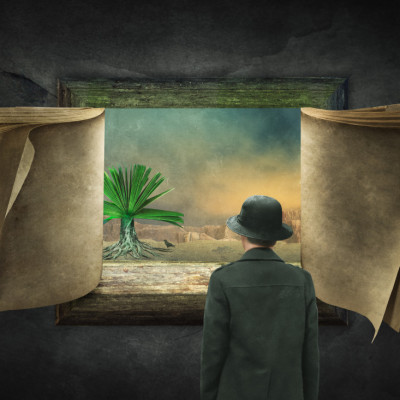 | Huang 大爱,我的赞美! |
 | Yvette Depaepe CREW Thanks for your appreciation, Xibiao! |
 | Miro Susta CREW Thank you Xibiao |